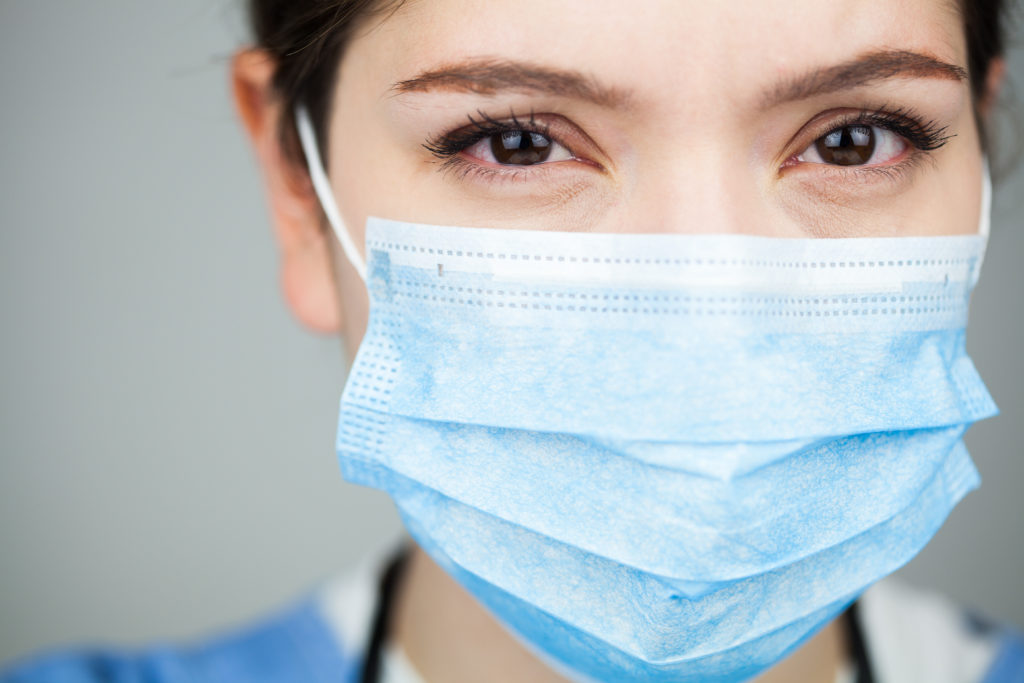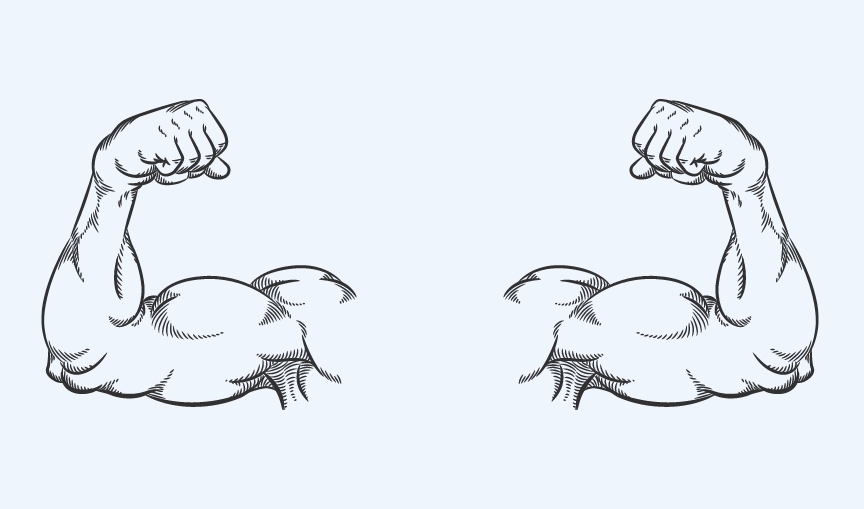Hospital visits can be a daunting experience. And when you work in a hospital, day in, day out, it’s easy to forget and grow accustomed to the environment. But place yourself in the shoes of a patient. They’ve likely had an emotional medical event. They’re no longer in the comfort of home but have been pushed into a fast-paced world full of strange faces and unfamiliar places. Before the COVID-19 pandemic, the one thing that could help was friendly staff — a warm and welcoming smile, a heartfelt handshake or a gentle hand on the shoulder. It was these reassuring expressions of understanding that could display sincerity and care.
However, this fast-paced world has only gotten faster, as medical professionals move to the beat of a global pandemic with social distancing requirements. Gone are the friendly faces. Gone are the handshakes and reassuring hands on shoulders. Instead, patients find themselves facing masked figures rushing around. No one dares get too close to anyone. Affection is a stranger. If hospitals were imposing before, they’re downright frightening now.
How, then, do medical professionals show you care while wearing a mask?
The basics of body language
Begin with the basics – body language. How we hold ourselves can give away more information than we think. Body language matters. If you stand firmly with your arms crossed and your body tense, it screams, “Don’t speak to me.” Already tense patients will feel like they’re wasting your time. Or they may struggle to trust you. Social distancing already adds one barrier; don’t add others. Instead, maintain an open body language. If you can, sit down, and mirror the patient’s body language. By doing so, you’ll build a connection, and from there, rapport and good communication follow.
The eyes are the windows to the soul
You may believe smiling is pointless behind a mask. Though the classic grin is the most obvious sign of a smile, it isn’t the only one. Smiling with your eyes, creasing the corners affectionately, can give the impression of being comforting and understanding.
Combine warm, direct eye contact with a nod, and your patient will begin to feel they’re being heard. They’ll feel you care for them. It’s all about giving as many positive indicators as you can.
A word is worth a thousand smiles
If you can’t show affection through touch and your face is hidden behind a mask, you still have another option left – speech. Use a kind voice. Sound upbeat but understanding, and chat with the patient a couple of minutes to put him or her at ease. Ask how their day was, what book they’re reading, or how their family is doing. Patients will appreciate the friendly voice and chance to talk. After all, the best way to show you care is to care. Let them know you are there if they need anything.
Through body language, facial expressions, actions and speech, we can attempt to make up for lack of regular communication. It might not be the same as a warm handshake or big, toothy grin. But it can be a friendly oasis amongst the chaos. Show you care while wearing a mask.
For more ways to show you care, take a look at 5 Ways to Help Ensure Patient Comfort in the Exam Room.






